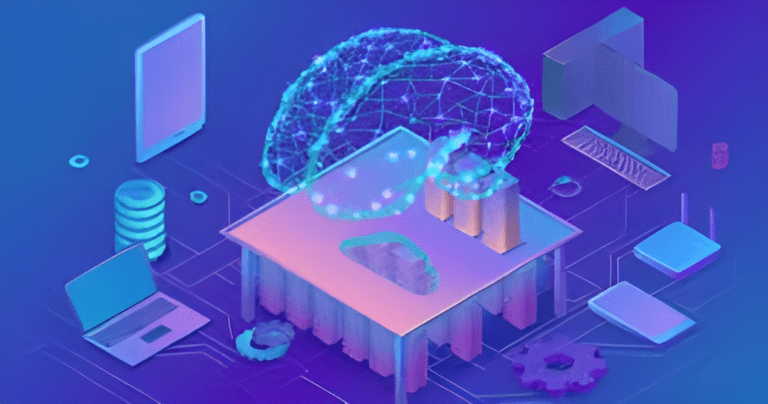Neural Magic by Damian Bogunowicz: How CPUs are transforming deep learning
Creating and utilizing deep learning models encounter a major hurdle because these models are quite large and demand a lot of computational power. However, Neural Magic directly addresses this problem by using a method called compound sparsity.

Bogunowicz, a machine learning engineer explained that sparse neural networks offer benefits for enterprises. They can remove up to 90% of parameters without sacrificing accuracy, resulting in more efficient deployments. While critical areas like autonomous driving may need maximum accuracy, the advantages of sparse models outweigh limitations for most businesses.
Bogunowicz expressed enthusiasm for the future of large language models (LLMs). Mark Zuckerberg discussed AI agents on platforms like WhatsApp, acting as personal assistants or salespeople. For instance, Khan Academy uses a chatbot AI tutor that guides students through hints, aiding in problem-solving and learning skills.
Bogunowicz highlighted research showing efficient optimization of LLMs for CPU deployment. A paper on SparseGPT demonstrates removing around 100 billion parameters using one-shot pruning without compromising quality. This could reduce the need for GPU clusters in AI inference, empowering enterprises with open-source LLMs and control over their models.

Neural Magic’s future plans include showcasing AI model support for edge devices like x86 and ARM architectures, expanding AI applications. They’ll also unveil Sparsify, a model optimization platform applying pruning, quantization, and distillation algorithms via a user-friendly web app and API calls. This aims to accelerate inference without sacrificing accuracy, empowering businesses and researchers with innovative solutions.
Neural Magic’s commitment to democratizing machine learning infrastructure by leveraging CPUs is impressive. Their focus on compound sparsity and advancements in edge computing highlight their dedication to empowering businesses and researchers.


